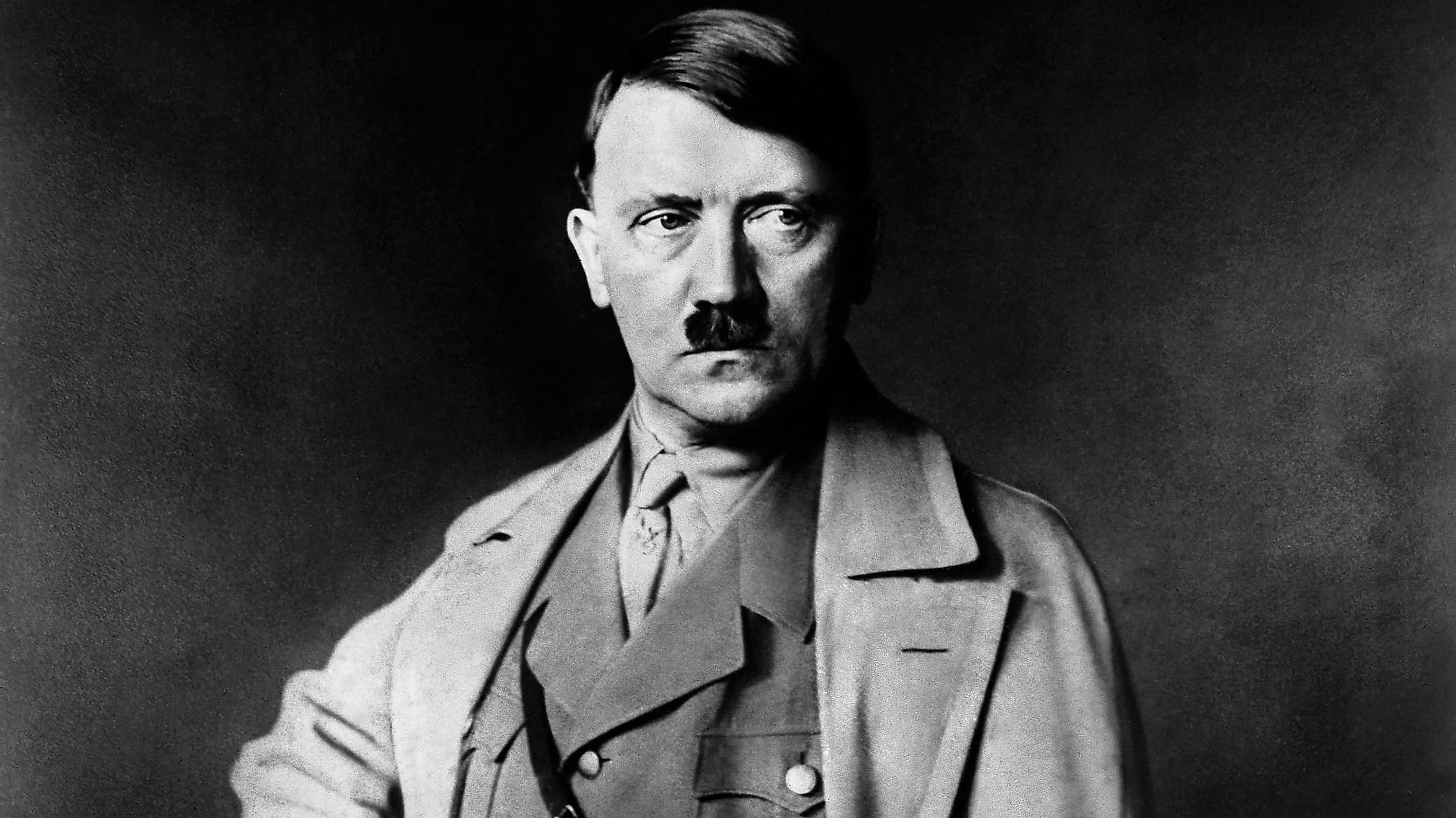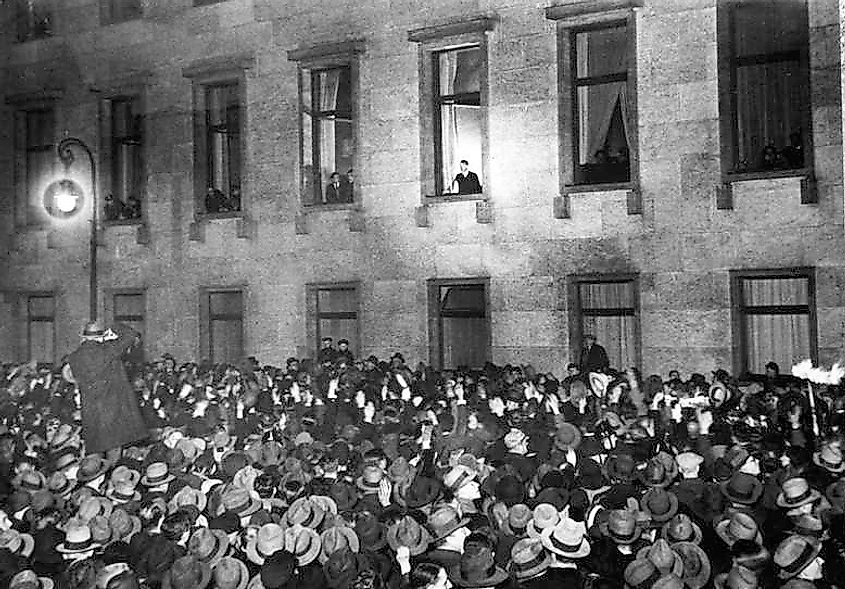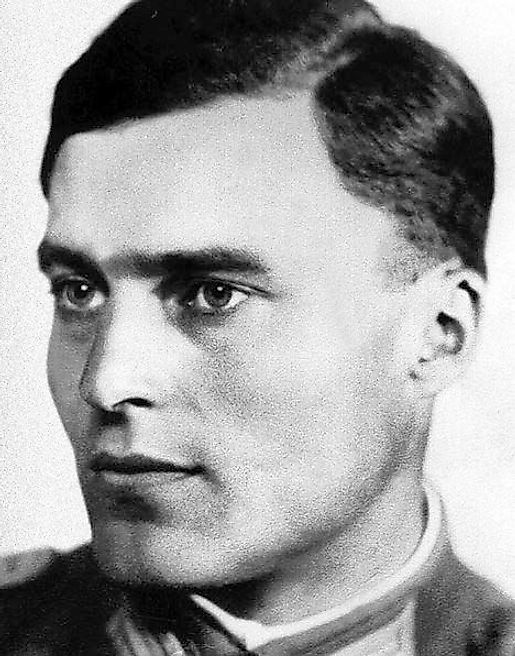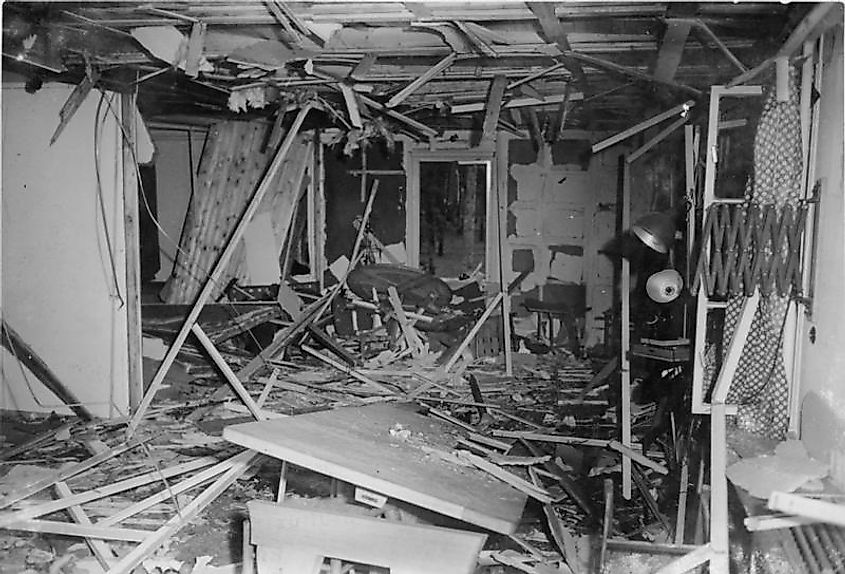
The Attempted Assassination Of Hitler
On July 20, 1944, a bomb went off in Adolf Hitler's East Prussian headquarters. Put there by disgruntled members of the Wehrmacht (the German military), the bomb failed to kill the German leader. Nonetheless, it represented the culmination of years of discontent. Furthermore, it marked a turning point in the war, with Hitler's control over both Europe and his own people now being in serious jeopardy. For these reasons and more, it is worthwhile to understand the details of the July 20 plot.
Background

Hitler became chancellor of Germany on January 30, 1933. From the beginning, he relied on non-Nazi supporters. For instance, members of the anti-democratic monarchist party, the German National People's Party (DNVP), made up the majority of Hitler's initial cabinet. Furthermore, when Hitler passed the Enabling Act on March 23, 1933, 444 members of the Reichstag voted in favor and 94 voted against, despite the Nazis not holding a majority. This vote demonstrates how many non-Nazis at least tepidly supported the new regime. However, by 1938, with it becoming increasingly clear that war was inevitable, some senior members of the German military began to have doubts. Two such figures were Ludwig Beck and Carl Friedrich Goerdeler, both monarchists who believed that Germany was not ready for a major armed conflict. But, once the war began in 1939 and Hitler oversaw a series of massive military victories, these doubts fell dormant.
Hitler's Failures In The War
In late 1941 and 1942, the German Army faced a series of challenges. Indeed, despite initially making steady progress in their invasion of the Soviet Union (USSR), the Wehrmacht was beaten at Moscow and Stalingrad. An attempted German counter-offensive at Kursk in the summer of 1943 also failed. These problems were further exacerbated when the Allies invaded Sicily, followed by mainland Italy, in July of that year. Ultimately, by the time American, British, and Canadian troops invaded Normandy in June 1944, opposition to Hitler in the military was relatively widespread.
Operation Valkyrie

Near the end of 1941, officers Hennig von Treskow and Helmuth von Moltke began making plans for a coup. The following years saw them gather allies, including Field Marshall Erwin Rommel and Officer Claus von Stauffenberg. A failed assassination attempt in March 1943 and Hitler's ever-increasing paranoia made planning more difficult. Nonetheless, this plotting eventually culminated on July 20, 1944, in a plan known as Operation Valkyrie.

On that day, Hitler held a staff conference in his Wolf's Lair, a bunker in eastern Prussia (now modern-day Poland). Stauffenberg, who attended the meeting, smuggled in a bomb via a briefcase. However, crucially, since it was too hot, the meeting was held in a hut outside the bunker rather than the bunker itself. This meant that when the bomb went off, it did not kill everyone in its immediate vicinity, and Hitler survived with only injuries to his arm. Nonetheless, Stauffenberg believed that the Führer had been killed and flew to Berlin to orchestrate the coup. Despite seizing control of key buildings across the capital, the revelation that Hitler was alive halted Operation Valkyrie in its tracks.
Aftermath

The following days, weeks, and months saw a wave of executions, suicides, and arrests. Beck killed himself on the day of the attempted coup. Stauffenberg then was arrested and executed the next day. Rommell was also arrested before being forced to commit suicide on October 14, 1944. Finally, Goerdeler was executed in February 1945. In total, 2000 conspirators were arrested, and another 5000 innocent people were taken into custody. Indeed, for the rest of the war, the Schutzstaffel (S.S.) and Gestapo created a reign of terror in Germany.
In conclusion, Operation Valkyrie was a crucial event in the history of Nazi Germany and World War II. It was arguably the climax of years of tension between the ardent Nazis and the non-Nazi conservative elite. Moreover, it demonstrated Hitler's increasingly tenuous grip on power.











